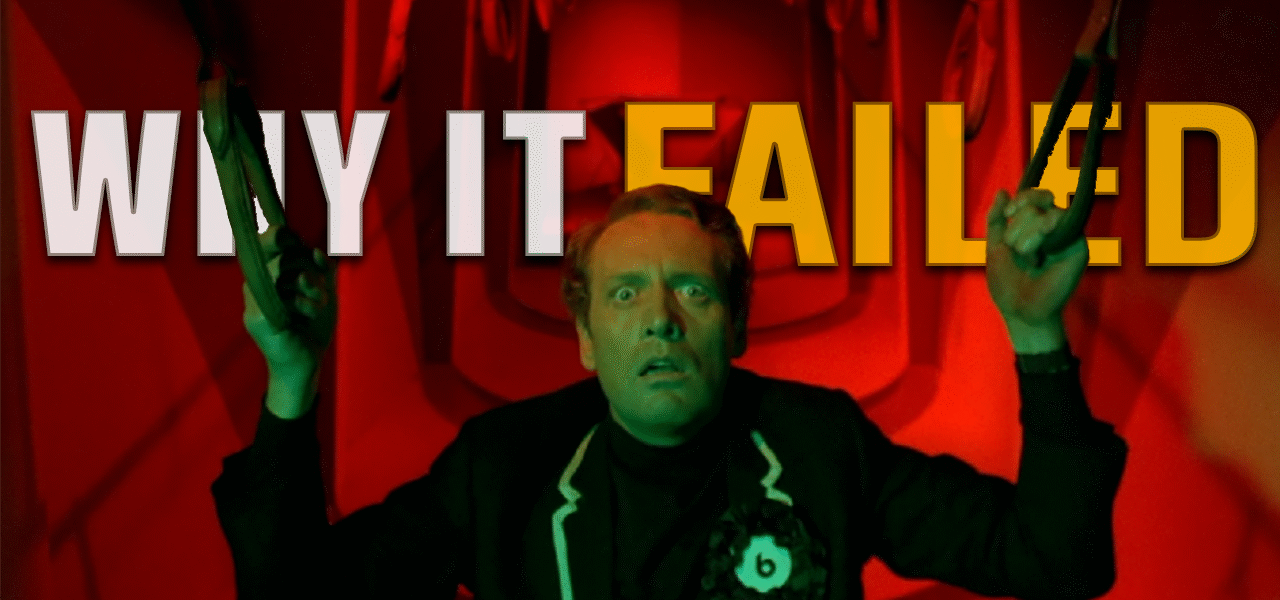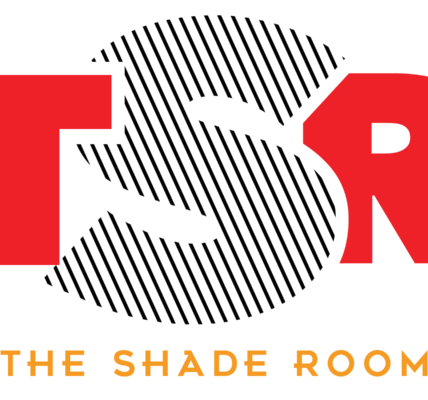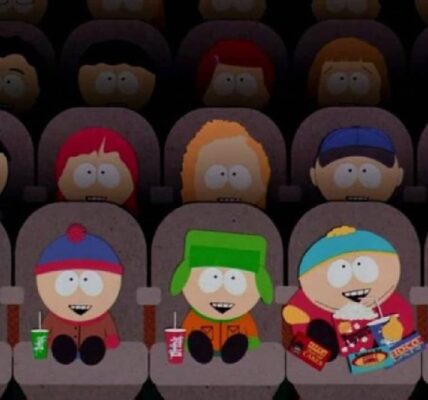By Joshua Tyler
| Updated
Television was just beginning to experiment with great ideas in the 1960s. The twilight zone was going strong. External limits reached the following level, and Star Trek took the world where no one had gone before.
But no one had a greater idea than Patrick McGoohan.
Fresh out of spy Danger manMcGoohan was a Bonafide UK star. Thus, when the British ITV gave him carte blanche to make his dream show, he delivered a total curve ball: an anti-psychedelic and dystopian series where no one has a name, the beach is terrifying and the escape is impossible.
The show was called The prisoner. And it is a genius or a TV nervous breakdown. It may be both.
Why the prisoner failed

On the surface, The prisoner is simple: a secret agent resigns, is kidnapped, wakes up in a bizarre prison similar to a complex called the village, then passes each episode trying to escape or understand who directs the place.
His name?
Number six.
Their answer to each question he poses?
“You are number six.”
His weekly answer?
“I’m not a number, I’m a free man!”
But the reality of The prisoner is that no one was free. Not number six, not the people who control it, and certainly not the cast and the team that make the show.
Patrick McGoohan, star and creator of the prisoner
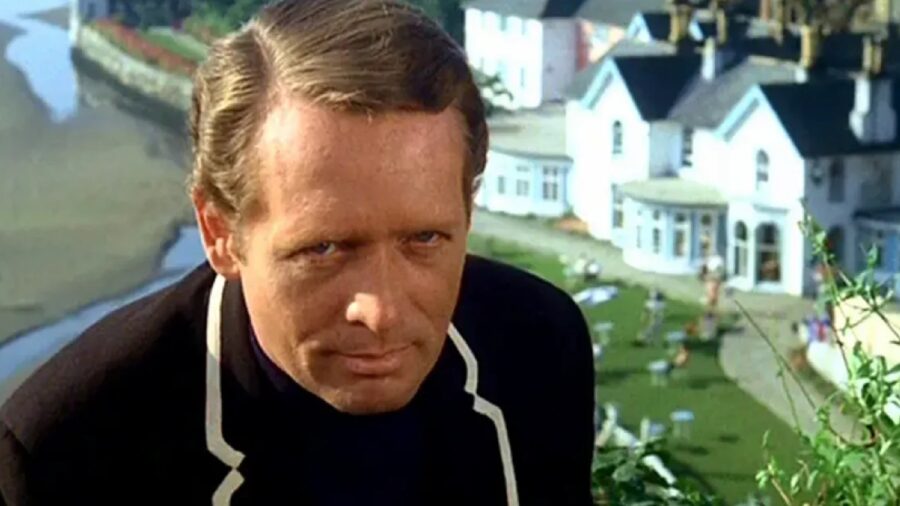
Patrick McGoohan played the number six, but he was not only the star star.
He was The prisonerCo-creator, executive producer, director and sometimes writer.
McGoohan had a goal: to use his spy show as a platform to wage war on compliance, surveillance and an increasingly controlling modern society.
The paid network to make the show, however, had very different objectives.
Patrick McGoohan was hot with the successful series Danger manAnd the network wanted more, only perhaps a little stranger.
McGoohan gave them Kafka in Technicolor.
From the start, The prisoner was a power struggle, both on the screen and on extinguished.
The episodes of the prisoner were a debate
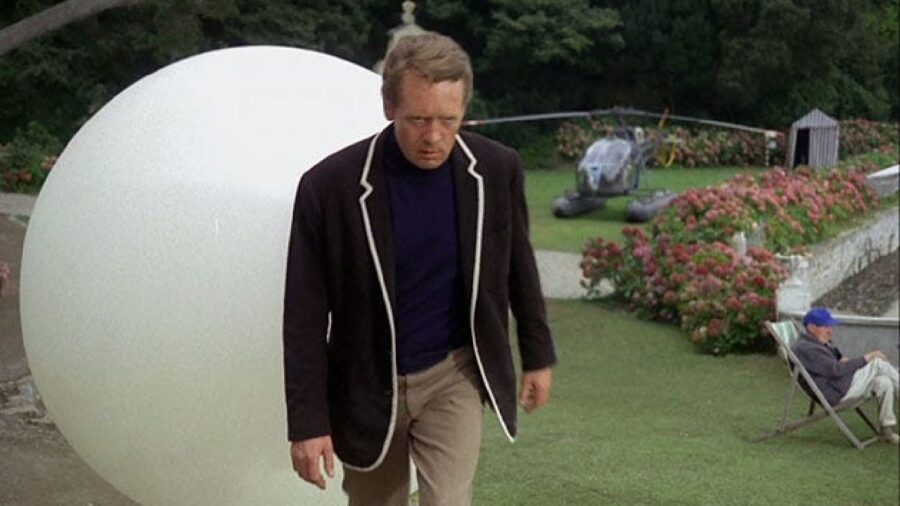
The television network wanted 26 episodes. McGoohan said history only needed 7.
In theory, Patrick and the network compromised out of 17, but each episode produced after the seventh is a crazy and crazy mountain of tonal whipping, and it is certainly not an accident.
An episode has mental control and assassination.
The following has a butler and evil cowboy duels.
At one point, number six takes place at the office.
Later, he changes bodies with a different actor.
At one point, six boxes a guy on the beach until someone plays “pop goes the belet”.
The prisoner dared his audience to abandon the show and change the chain.
And all this strangeness was nothing next to the final.
Entitled “Fall Out”, episode 17 finished the series by breaking all the public.
After 16 episodes of questions and mysteries, he provided no answers. No real closure. Imagine what you felt after Lost finish, and multiply it by ten.
Patrick McGoohan hid after the prisoner final

Instead of giving the public what he wanted, The prisoner Completed during a trial in the psychedelic audience room, a man in a monkey mask and a final touch that could be a metaphor … or could be a total unwanted gibberish.
Fans were so confused and angry that Patrick McGoohan went to hide.
It is not a joke. He literally fled the country and hid for a few days.
Imagine if Lost finished, and Damon Lindelof had to move to a bunker in Canada. We let this guy leave waaay Too easy.
Patrick McGoohan did not want to explain anything. Never. He never told the distribution what the spectacle meant. He never told the network what the end meant. He barely said to himself. He thought that giving answers was a betrayal.
But The prisonerViewers were not listening for an enigma wrapped in an enigma bearing a Melon hat. They wanted a spy drama from the era of the Cold War. What they got was an existential hostage crisis with an angry metaphysical philosopher.
Each week, there was a new number two. Sometimes charming. Sometimes terrifying. Sometimes it was Leo McKern in a bad wig. But the real program nastyNumber one? The chief villain behind everything?
You only see it once. In the final.
The real number one

Spoiler: he is Number six himself.
Get it? He was his own jailer from the start.
McGoohan thought it was deep.
It made no sense in the context of the plot.
Even if The prisoner had made sense, the public would not have been able to decipher it because ITV has released the broken down show, at random moments, in different regions.
Some viewers saw the final before the pilot.
Others have completely missed episodes.
In the United States, CBS only broadcast 16 of the 17 episodes.
It was like looking Creation With the scrambled coils.
The end of the prisoner

After the final broadcast, McGoohan left the United Kingdom for good. He moved to California and started working with Peter Falk, collaborating on Columbo episodes.
McGoohan has produced and wrote many episodes of the emblematic detective program. He also played in front of Falk in four Colon Episodes with two of these appearances winning the Emmy Awards.
The collaboration between McGoohan and Falk was so emblematic that there is even a new book on their work together called In the destructive element, immerses: Peter Falk and Patrick McGoohan in Columbo-Land.
But Patrick has never been involved in something as wild and ambitious as The prisoner,, Again.
When it was broadcast in 1967, The prisoner Drew Modest Notes, but no successful buzz. It ended with confusion, frustration and a second canceled season. A second season, which, to be fair, Patrick McGoohan probably never intended to do anyway.
The prisoner failed but finally succeeded

It was only decades later – after DVDs, retrospectives and plot blogs – that The prisoner was finally praised as a masterpiece of counter-culture television.
Since then, he has continued to influence other creatives. If you saw both The prisoner and the abovementioned LostYou have probably noticed a very direct inspiration.
Programs like Twin peaks,, Breakup,, Black mirror As well as films like The matrix And Creation Everything is due The prisoner A gratitude debt too.
For all his madness, The prisoner is now considered by most as a brilliant and revolutionary.
This is particularly true of the first seven episodes of the show. The seven only episodes that Patrick McGoohan really wanted to do.
The seven episodes are a must for fans of the genre, but if we choose The prisonerThe best effort is the fifth of the show, entitled “The Schizoid Man”.
At this stage of the series, number six has been trapped in the village for some time. The different number two that appeared and disappeared, failed to extract information from him.
So, the last The number two sheds light on the most evil and most complicated plan to date: convincing number six, he is someone else.
A complex brain washing campaign begins, in which the masters of the village work to ensure that number six questions its own identity. They tell him that he has the number twelve, and even brings a double to replace him like number six.
The episode is an intense play of mind with much to say about the fragility of self -image and the tools of psychological manipulation.
And it’s true for each episode The prisoner product. They all try to say something. Even terrible crazy people. Especially the terrible crazy people.
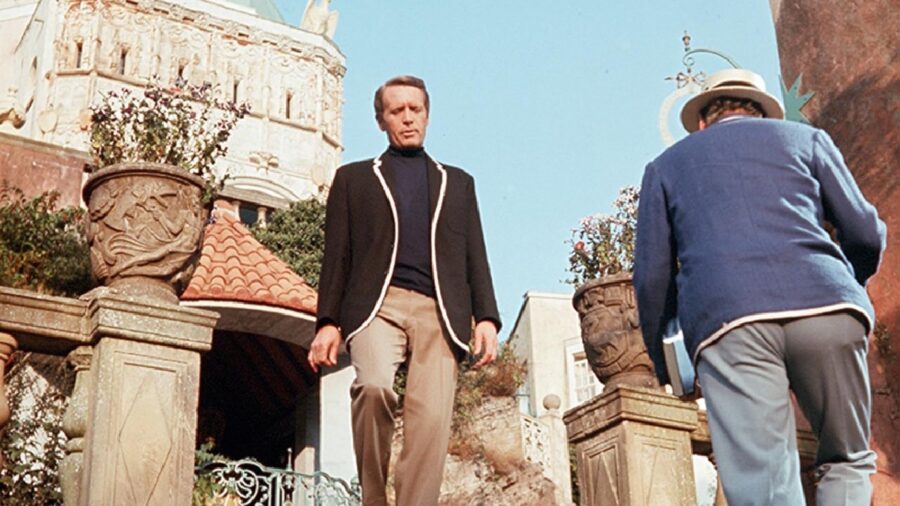
Some do it better than others, but McGoohan had a lot in mind, and he used The prisoner To say it all.
Whether the public wanted it or not.
At the end, The prisoner was a battle between a visionary and his audience.
The visionary won.
And then he fled.
